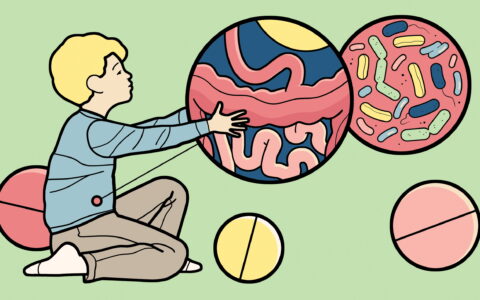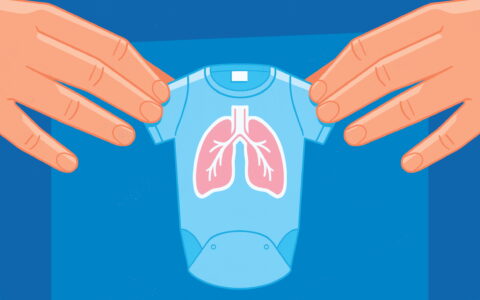Six clinics across four U.S. states provided data for a newly validated clinical risk stratification model for lung cancer. The TREAT model (Thoracic Surgery, Research, Epidemiology, Diagnosis And Treatment) helps identify patients with suspicious lesions who are most likely to benefit from surgical biopsy. The aim is to mitigate unnecessary surgery for benign nodules and reduce delays for patients with early cancers.
Data published in the Journal of Thoracic Oncology show the model reliably predicted lung cancer prevalence in 1,402 patients with better accuracy and calibration than currently available alternatives. Now, researchers are refining the model to further increase its utility.
“This is one of the larger datasets used in lung cancer modeling and validation studies,” said senior author Eric Grogan, M.D., a thoracic surgeon at Vanderbilt University Medical Center. “It’s not just in our local population, it’s now validated in six different sites across the United States. It’s more broadly applicable to both pulmonary nodule and surgery clinics.”
A Richer Dataset
The TREAT model incorporates more clinical variables than its comparators, which include Mayo Clinic and Herder models. “Those models, while widely adopted, don’t use all the information clinicians use to estimate malignancy,” Grogan explained.
“Those [other] models, while widely adopted, don’t use all the information clinicians use to estimate malignancy.”
For example, rather than a simple yes/no answer for whether or not a patient is a smoker, TREAT incorporates pack-years. Additional details such as body mass index and FEV1 provide a more robust picture of a patient’s risk and complement imaging assessments.
“In previous studies clinician estimates were as good as the model, because clinicians consider these variables,” Grogan said.
Expanded Applications
The original model, TREAT 1.0, was developed by a team that included Stephen Deppen, Ph.D., a clinical epidemiologist at Vanderbilt, and Jeffrey Blume, Ph.D., a Vanderbilt biostatistician. The group originally validated TREAT 1.0 in a local Veteran Affairs dataset and has since expanded it into a more generalizable model.
“TREAT 1.0 was very accurate in a surgery clinic,” Grogan said. “In TREAT 2.0, we are beginning to scale it. We are moving from a locally useful model to one that could be applied nationally in different settings.”
In the most recent study, the researchers tested TREAT 2.0’s utility by dividing the nationwide patient sample into three clinical groups: those who presented to a pulmonary node clinic, an outpatient thoracic surgery clinic, and for surgical resection. In all three scenarios, TREAT 2.0 was more sensitive than comparator models with fewer false positives.
Building on TREAT 2.0
The TREAT team has collaborated on several predictive models that aim to inform diagnoses and contextualize lung nodules that may appear on imaging results. The common goal is to determine clinical risk without an invasive procedure.
The models are timely, as improved imaging technology and screening efforts means more nodules are being detected than ever before, Grogan says. A simple bedside calculator, akin to TREAT, could streamline the evaluation and diagnosis process. The researchers are currently working to make TREAT publicly available online.
They are also refining statistics in their model and moving toward an even more robust model.
Said Grogan, “Dr. Blume and his team are using machine learning to help us get away from the limitations of a logistic regression model. Right now, these kinds of models aren’t useful if you’re missing a variable. Artificial intelligence will allow us to use TREAT even if there’s a patient missing a PET scan, for example.”





